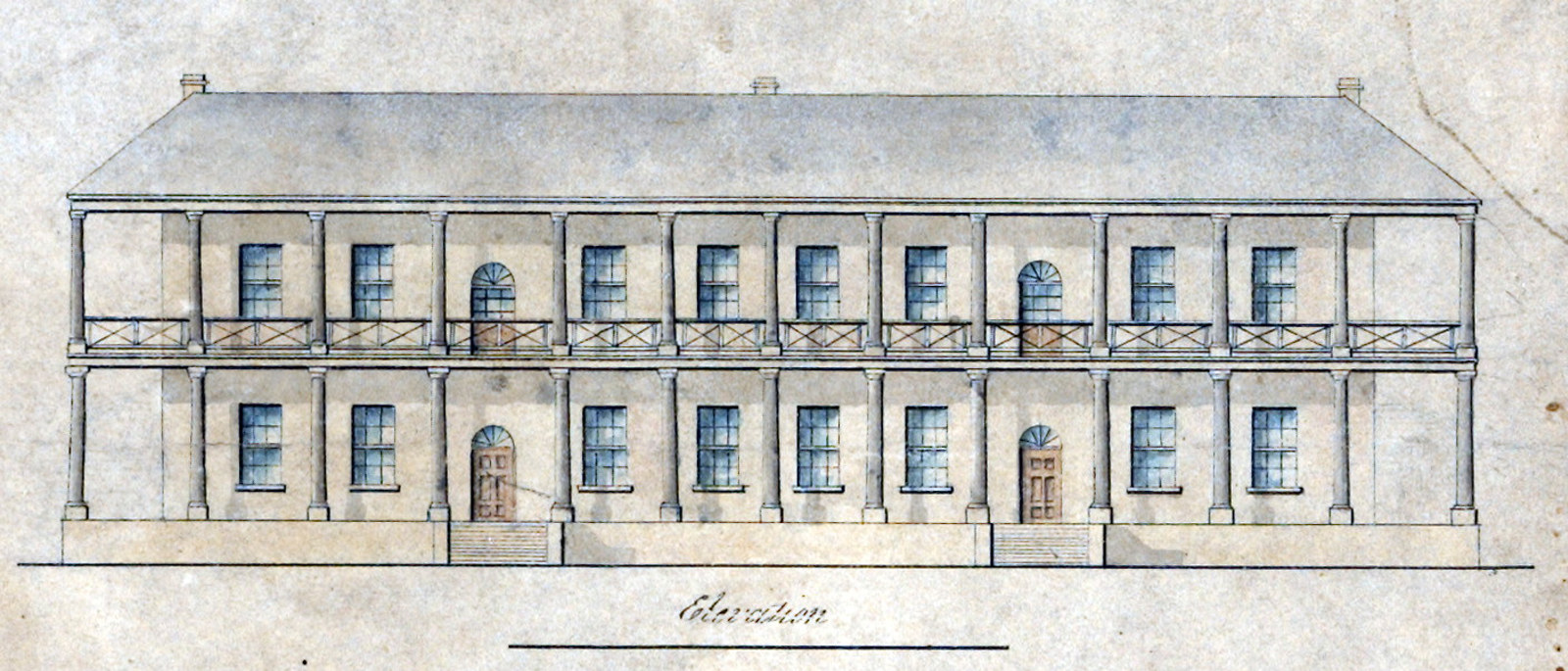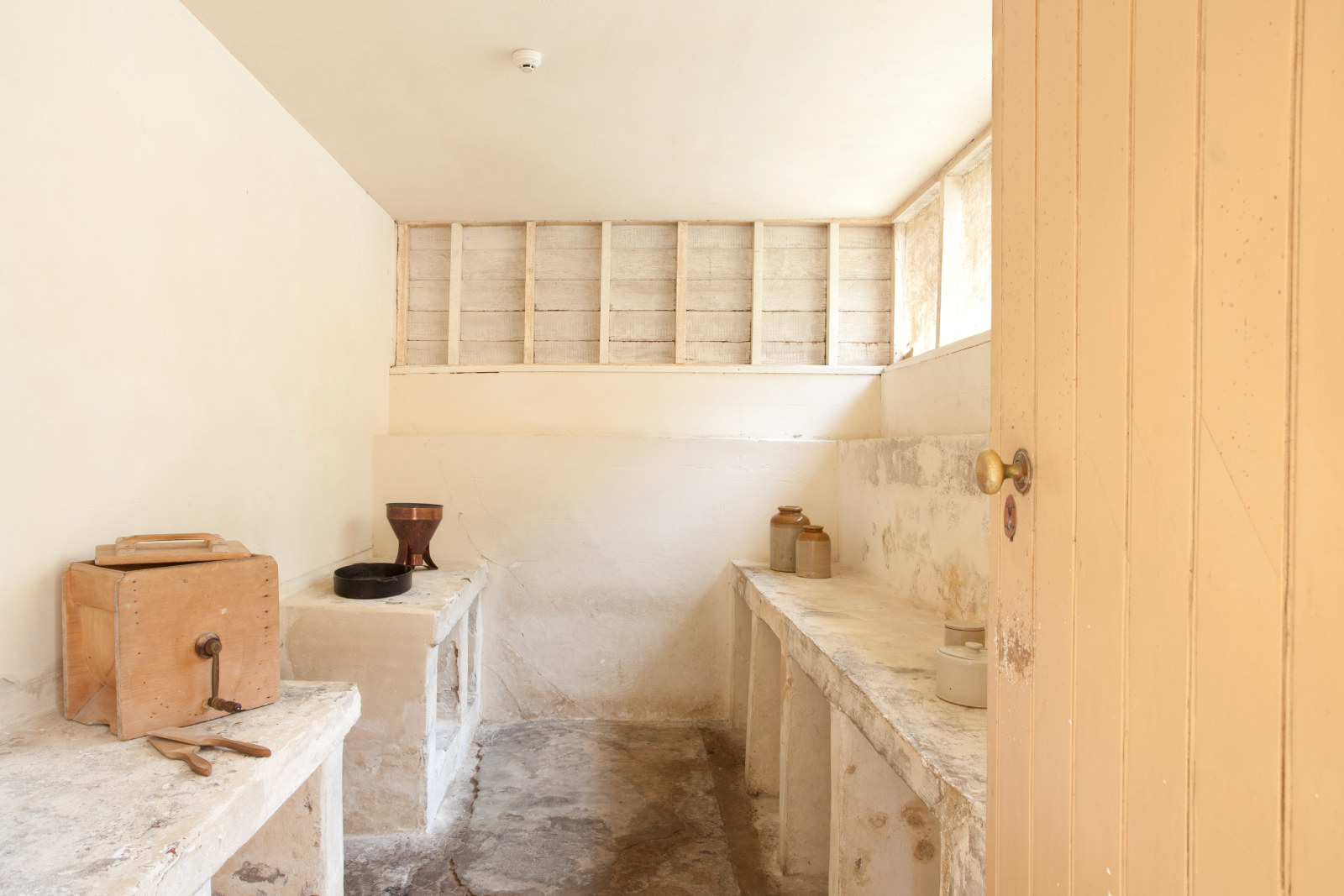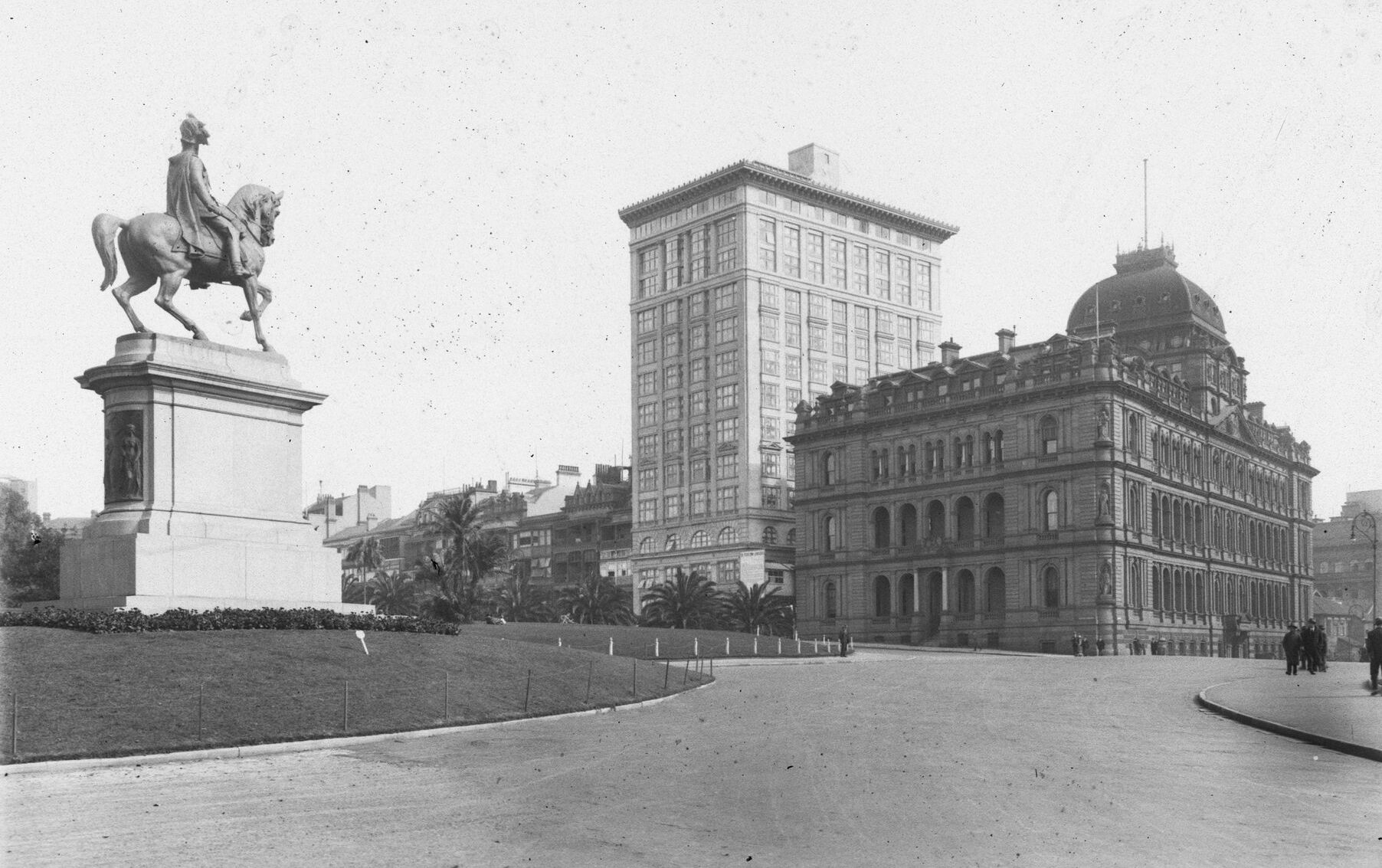Francis Greenway, Architect & Engineer
On 30 March 1816 Francis Greenway was appointed as Civil Architect and Assistant Engineer by Governor Lachlan Macquarie.
Convicted of Forgery
Some readers may not realise that the architect of Hyde Park Barracks, which was originally designed to house male convicts, was Francis Greenway who had himself been transported to New South Wales as a convict. Francis Howard Greenway, a native of Gloucestershire whose calling is recorded as architect and painter was tried at the Bristol Sessions on 23 March 1812. He was found guilty of forging a document and sentenced to death which was commuted to transportation for 14 years, arriving in Sydney on the convict transport, General Hewitt on 7 February 1814.[1] From the convict indent (shipping list) we learn that he was 34 years old with hazel eyes and light (brown) hair, the indent records his height as 5ft 6 ¾ inches while he is recorded as being slightly taller on his ticket of leave at 5ft 7 ¼ inches.[2] He was granted a ticket of leave on 7 March 1814, on which it is interesting to note that he is described as 'good looking'.[3]
Clifton Hotel and Assembly Rooms
Greenway had worked as an architect in the United Kingdom, settling into a business with his brothers in Bristol in 1805.[4] One of their best known (and only surviving) works is the Clifton Hotel and Assembly Rooms. However, only the exterior of this building is the work of Francis, as the financial ruin of the Greenways occurred during construction, with bankruptcy declared in April 1809.[5] Perhaps in an attempt to restore the family business, Francis committed the crime he was transported for, in forging a contract.[6]
Architecture Portfolio
Governor Macquarie was then able to utilise Greenway's skill in the public buildings being built in Sydney and the country. From a copy of a letter he wrote to Governor Macquarie, 27 July 1814 we learn that the architect had sent a portfolio of his designs to the Governor including for one of his earlier works, a market hall in Carmarthen, Wales. Responding to the Governor's request that he copy the design of a court house, Greenway noted that it was ‘rather painful to my mind as a professional man to copy a Building that has no claim to classical proportions or character’.[7]
Building design around New South Wales
Macquarie appointed him to act as Civil Architect in 1816 and he designed, among other buildings, the lighthouse at South Head, the Female Factory at Parramatta, the Convict Barracks in Sydney, churches at Sydney, Windsor and Liverpool, and the Courthouse at Windsor.
Many people know that the Conservatorium of Music was originally designed by Greenway as stables for Government House. In the Surveyor’s Sketch books there is also a drawing attributed to Greenway of a very grandiose Government House which was never built, forbidden by Lord Bathurst, Secretary of State, who announced the appointment of John Thomas Bigge as Commissioner of Inquiry into the affairs of the colony in the same despatch.[8]
Conditional Pardon Granted 1817
Greenway was granted a conditional pardon on 16 December 1817, and on 24 March 1819 Governor Macquarie wrote to Lord Bathurst concerning the Civil Architect’s salary, stating it was "…very inadequate to his useful and important services as Architect" and further noting that "in consequence of Mr Greenway’s Scientific Skills, Judgment and superior taste, the Government Buildings Erected by him are not only Strong, durable and substantial, but also Elegant and good models of Architecture."[9]
Greenway was granted an Absolute pardon on 4 June 1819.[10] It is noted that the Absolute (Free) Pardon was delivered (personally) by His Excellency, Governor Macquarie.[11]
In December 1819, Greenway sent a list of works produced under his direction to Commissioner Bigge. Greenway claimed on the document that he had saved the government half of what it would otherwise have spent, had he not persevered "in getting better workmanship and materials".[12]
Liverpool Hospital
One of Greenway's last designs as Civil Architect was for Liverpool Hospital, the construction of which was not completed until 1830.[13] Greenway was dismissed on 15 November 1822, during the administration of Governor Sir Thomas Brisbane after submitting a ridiculously large bill for fees.[14]
References
[1] NSW State Archives, NRS 12188 Indents, 1788-1842, [4/4004] (COD 140), p. 496
[2] Ibid
[3] SRNSW, NRS 1166 List of Tickets of Leave issued, 4/4427 (Reel 601), p. 416
[4] Broadbent, J, and Hughes, J. (1997). Francis Greenway Architect. Historic House Trust of New South Wales, Glebe, NSW, p. 6
[5] Ibid, p. 47
[6] Ibid, pp. 8-9
[7] SRNSW, NRS 905, Main series of letters received [Colonial Secretary], [4/1752] (Reel 6052), p. 85
[8] Broadbent, J, and Hughes, J. (1997). Francis Greenway Architect. Historic House Trust of New South Wales, Glebe, NSW, p. 50
[9] HRA Series I, Vol X, p. 99
[10] SRNSW, NRS 1177 Registers of Absolute Pardons, 1791-1843, [4/4486] (Reel 800), p. 56
[11] SRNSW, NRS 1165, Copies of returns of Absolute and Conditional Pardons granted, 1810-1841, [4/4427] (Reel 601), p. 63
[12] SRNSW, NRS 905, [4/1752], pp. 86-86a
[13] Broadbent, J, and Hughes, J. (1997). Francis Greenway Architect. Historic House Trust of New South Wales, Glebe, NSW, p. 80
[14] NRS 905, [4/3506], p. 451 (Reel 6009)
Related

Francis Greenway: the ‘future safety’ of the Rum Hospital buildings
When Sydney’s Rum Hospital was completed in 1816, the buildings were already showing signs of potential collapse, but newly-appointed Civil Architect Francis Greenway came to the rescue
Published on
Architecture & design stories
Browse all
The Wasmuth Portfolio
Frank Lloyd Wright’s Wasmuth Portfolio, is regarded as one of the most influential architectural treatises of the 20th century
![View of the Australian Ballet 'The sleeping beauty (detail)' [right] and the Opera Australia 'Mariana Hong in Falstaff (detail) ' and the Sydney Symphony Orchestra 'People's choice concert (detail) [left] stairwell banners - The People's House marketing & installation photoshoot](https://images.slm.com.au/fotoweb/embed/2023/11/5fa6b34f18bd4d5b9b469a42a8ae591c.jpg)
Sydney Opera House: inspired design
Kieran Larkin, Senior 3D Designer at Museums of History NSW, talked to us about some of the highlights and challenges of designing the landmark exhibition The People’s House: Sydney Opera House at 50, on display at the Museum of Sydney until March 2024

The coolest room in the house
What practical techniques can we learn from historical building design to minimise heat and energy consumption in our homes today?

The Astor, 1923–2023
Upon completion in 1923, The Astor in Sydney's Macquarie Stree twas the largest reinforced concrete building in Australia, the tallest residential block, and this country’s first company title residences